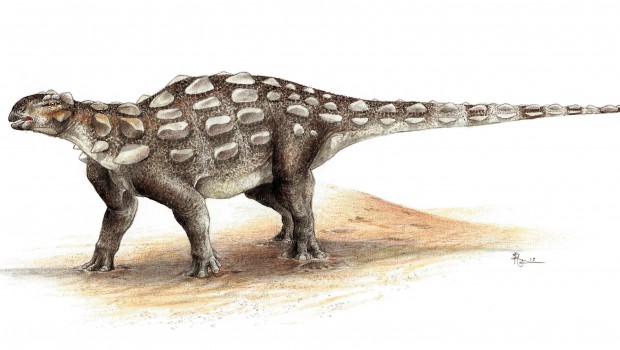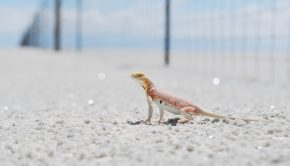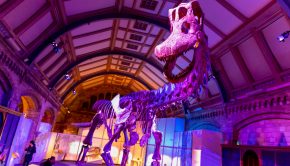Evolution of the ankylosaur tail club
Ankylosaurs are the large, tank-like, armoured dinosaurs that often had a large boney club at the end of their tail. The club is formed of osteoderms, dermal bone that has fused together at the end of the tail into a big rounded bone. Much work has been done on understanding the structure of these clubs, as well as biomechanics. However, we’ve previously never been really sure how they evolved or where they came from, as only ankylosaurid ankylosaurs have the clubs, while nodosaurids do not.
A new study has shed light on the evolution of ankylosaur tail clubs. Lead author and ankylosaur expert Victoria Arbour got in touch and had this to say: “How the ankylosaur got its tail club – Ankylosaurid tail clubs are pretty cool structures. The vertebrae in the back part of the tail are modified so that are elongated, chunky, and lock together very rigidly; if you look at a tail club from the top, it looks like a bunch of Vs all nested together. And at the tip of the tail, some of the osteoderms (the bones that give ankylosaurs their armour) become large and wrap around the tail tip almost completely. I was curious about how and when tail clubs appeared in ankylosaurids: did the stiffening of the tail come first, or the enlargement of the osteoderms? After looking at lots of specimens in North America and Asia, I found that two ankylosaurs in China had stiffened tails, but no obvious changes to the osteoderms at the tip of the tail. These two species, Gobisaurus and Liaoningosaurus, also occurred much earlier than the more familiar ankylosaurids with full tail clubs – Gobisaurus is about 92 million years old, and Liaoningosaurus is about 122 million years old. Maybe stiff tails were useful weapons to ankylosaurs, even without the large knob of bone at the end that’s characteristic of ankylosaurs like Ankylosaurus.”
The idea that anykylosaurid tail clubs were useful as weapons has been around for some time, and other studies have suggested that the tail clubs could be swung, likely in defence against a predator. There have even been some reports of injuries in large carnivorous dinosaurs that look to be the right height for a club. However, this club is only seen in the latest ankylosaurs. Now we see that the evolution of that club started at least 40 million years earlier, evolving the stiffened vertebrae of the tail first, and later enlarging the osteoderms and then fusing to form the knob at the end of the tail.
This research is in press with the Journal of Anatomy, and is currently open access so anyone can read it.
Arbour VM and Currie PJ. In press. Ankylosaurid dinosaur tail clubs evolved through stepwise acquisition of key features. Journal of Anatomy doi:10.1111/joa.12363.
Image caption: Life restoration of Gobisaurus by Sydney Mohr.


















